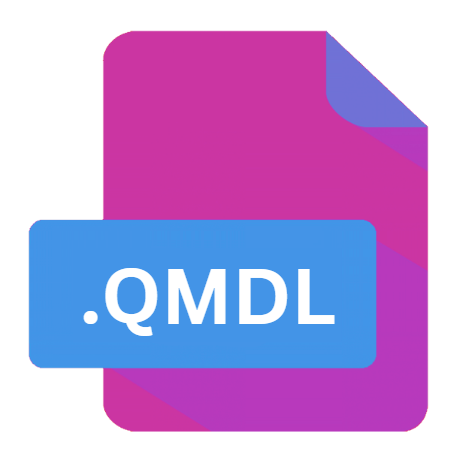.QMDL File Extension

Qualcomm Mobile Data Log
| Developer | Qualcomm |
| Popularity | |
| Category | Data Files |
| Format | .QMDL |
| Cross Platform | Update Soon |
What is an QMDL file?
QMDL files are proprietary data log files generated by Qualcomm-based mobile devices. These files serve as a repository of diagnostic information collected by the device during its operation.
They contain a wealth of data ranging from system metrics and performance indicators to network statistics and error logs. QMDL files play a crucial role in diagnosing issues, optimizing performance, and enhancing the user experience on Qualcomm-powered devices.
More Information.
The history of QMDL files is intertwined with the evolution of Qualcomm’s chipset technologies and their integration into mobile devices.
Originally conceived as a means to facilitate diagnostic and debugging tasks during the development and testing phases, QMDL files quickly found utility beyond the realm of R&D.
With the proliferation of smartphones and the increasing complexity of mobile ecosystems, QMDL files became indispensable tools for diagnosing hardware and software issues, optimizing battery life, and improving network performance.
Origin Of This File.
The genesis of QMDL files can be traced back to Qualcomm, a leading semiconductor and telecommunications equipment company. As a major player in the mobile chipset market, Qualcomm developed QMDL as a standardized format for logging diagnostic information on devices utilizing its chipsets.
These files are generated by the device’s firmware or operating system components and are often utilized by OEMs (Original Equipment Manufacturers) and service technicians for troubleshooting and performance optimization purposes.
File Structure Technical Specification.
QMDL file is a structured binary file containing a variety of data fields organized in a hierarchical format. While the exact structure may vary depending on the firmware version and device configuration, certain key components are typically present in most QMDL files:
- Header: Contains metadata such as file version, timestamp, and device information.
- Log Entries: Data records representing events, measurements, or system states captured during device operation.
- Payload: The main body of the file comprising the logged data, which may include system logs, sensor readings, network statistics, and performance metrics.
- Footer: Concludes the file and may include checksums or integrity checks to ensure data validity.
Despite the proprietary nature of QMDL files, reverse engineering efforts have shed some light on their internal structure. However, comprehensive documentation or official specifications are typically not publicly available, necessitating a degree of reverse engineering for full understanding.
How to Convert the File?
Converting QMDL files to more widely-used formats such as CSV (Comma-Separated Values) or JSON (JavaScript Object Notation) can enhance interoperability and facilitate analysis using third-party tools.
While direct conversion tools may not be readily available due to the proprietary nature of QMDL files, several approaches can be employed:
- Custom Scripts: Develop custom scripts or utilities to parse QMDL files and extract relevant data fields, then convert them to the desired format.
- Third-party Tools: Explore third-party software solutions that claim to support QMDL file conversion, though caution must be exercised to ensure compatibility and data integrity.
- Reverse Engineering: Reverse engineer the QMDL file format to gain a deeper understanding of its structure and develop conversion tools tailored to specific use cases.
Advantages And Disadvantages.
Advantages:
- Comprehensive Diagnostics: QMDL files provide a detailed snapshot of the device’s behavior and performance, enabling thorough diagnosis of hardware and software issues.
- Optimization Opportunities: Analysis of QMDL files can reveal inefficiencies and bottlenecks, facilitating performance optimization and resource management.
- Troubleshooting Aid: Service technicians and developers can leverage QMDL files to diagnose elusive issues and identify root causes more efficiently.
Disadvantages:
- Proprietary Format: The proprietary nature of QMDL files limits interoperability and necessitates reliance on Qualcomm-provided tools or reverse-engineered solutions for analysis.
- Complexity: Understanding and interpreting QMDL files requires familiarity with Qualcomm chipset architecture and mobile device internals, making them less accessible to novice users.
- Privacy Concerns: Given the sensitive nature of diagnostic data contained within QMDL files, privacy considerations must be taken into account when handling and sharing such files.
How to Open QMDL?
Open In Windows
- Utilize Qualcomm-provided diagnostic tools or third-party software compatible with Windows operating systems for viewing and analyzing QMDL files.
Open In Linux
- Leverage compatibility layers such as Wine or develop custom scripts using open-source libraries to parse and process QMDL files on Linux distributions.
Open In MAC
- Explore cross-platform tools or virtualization solutions to run Qualcomm diagnostic software on macOS environments, enabling QMDL file analysis.













